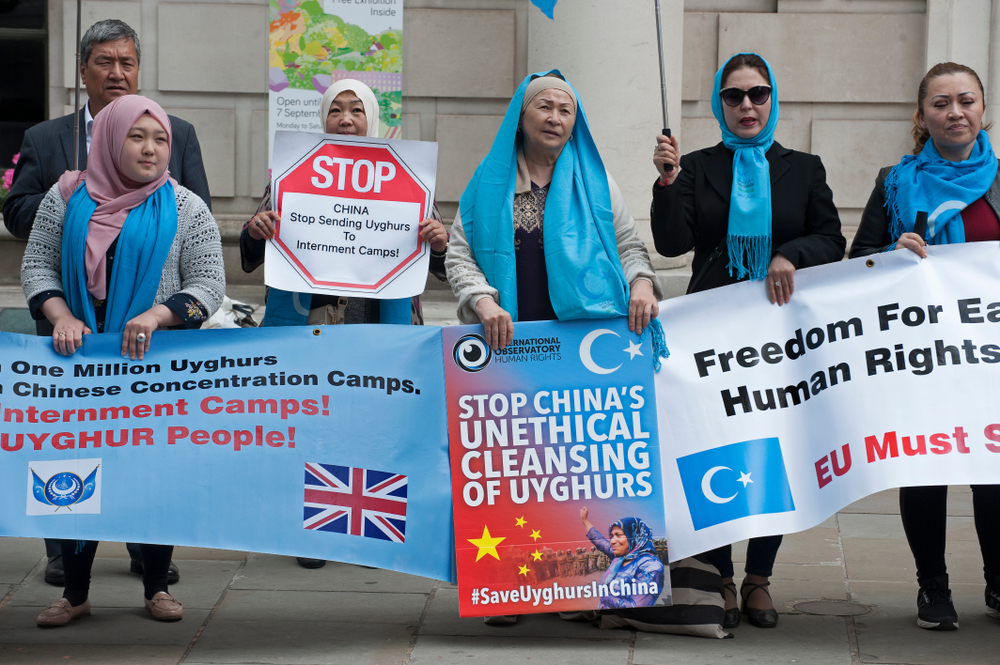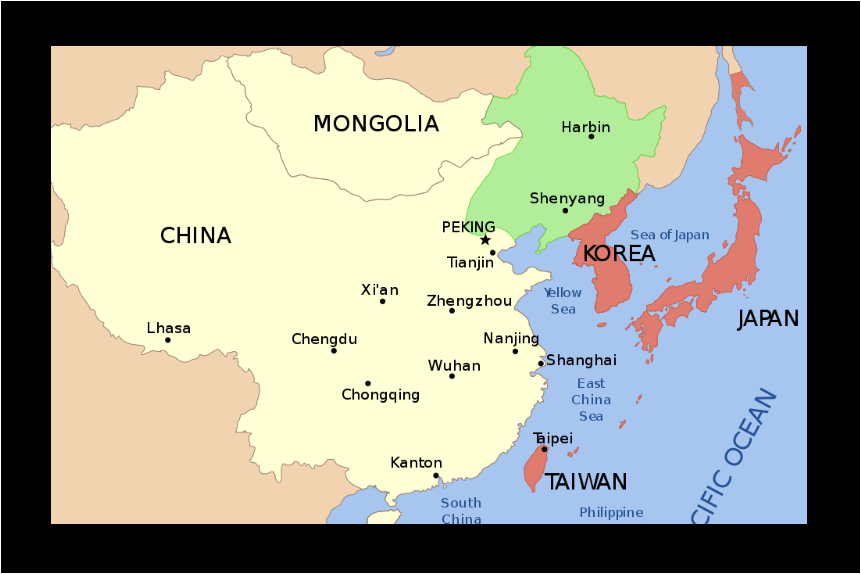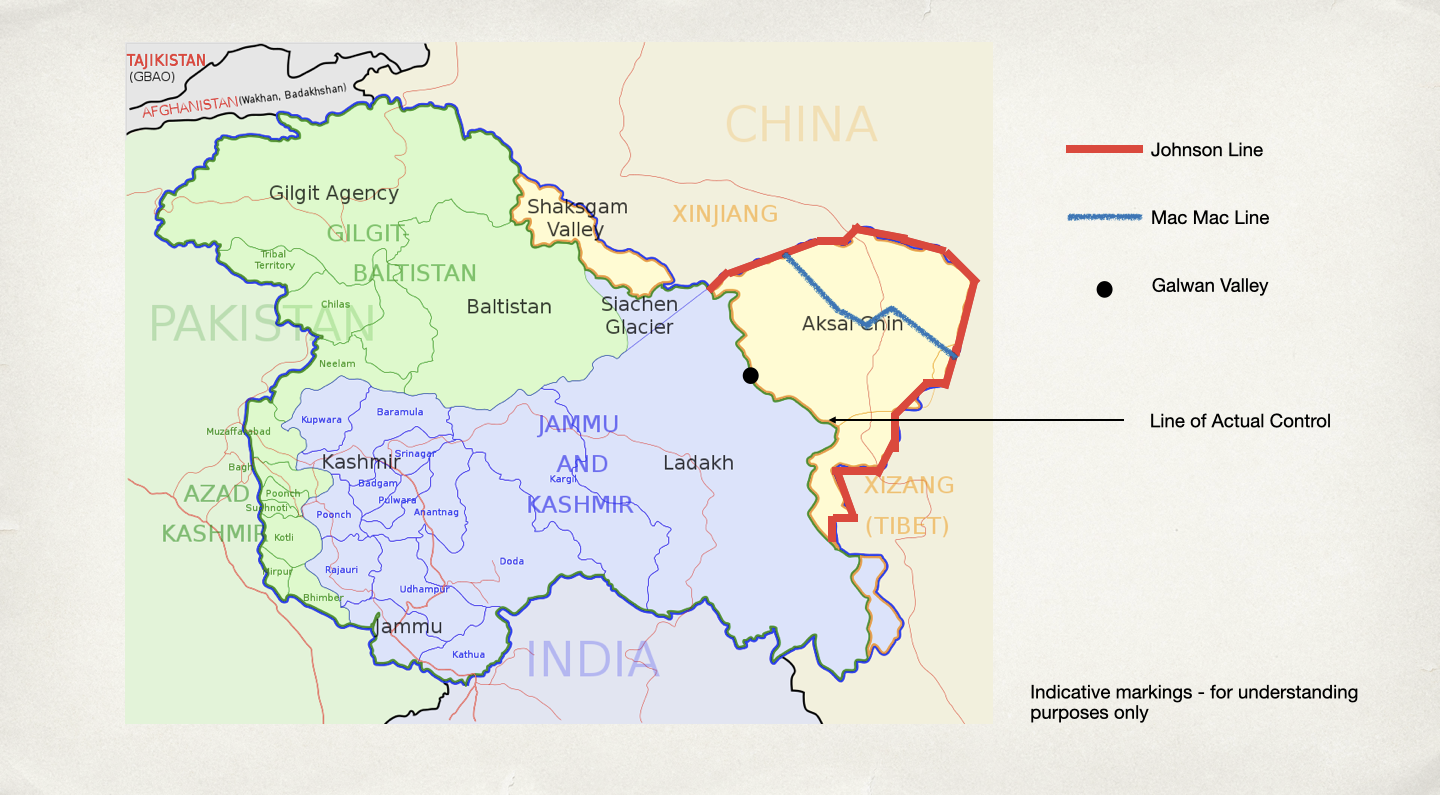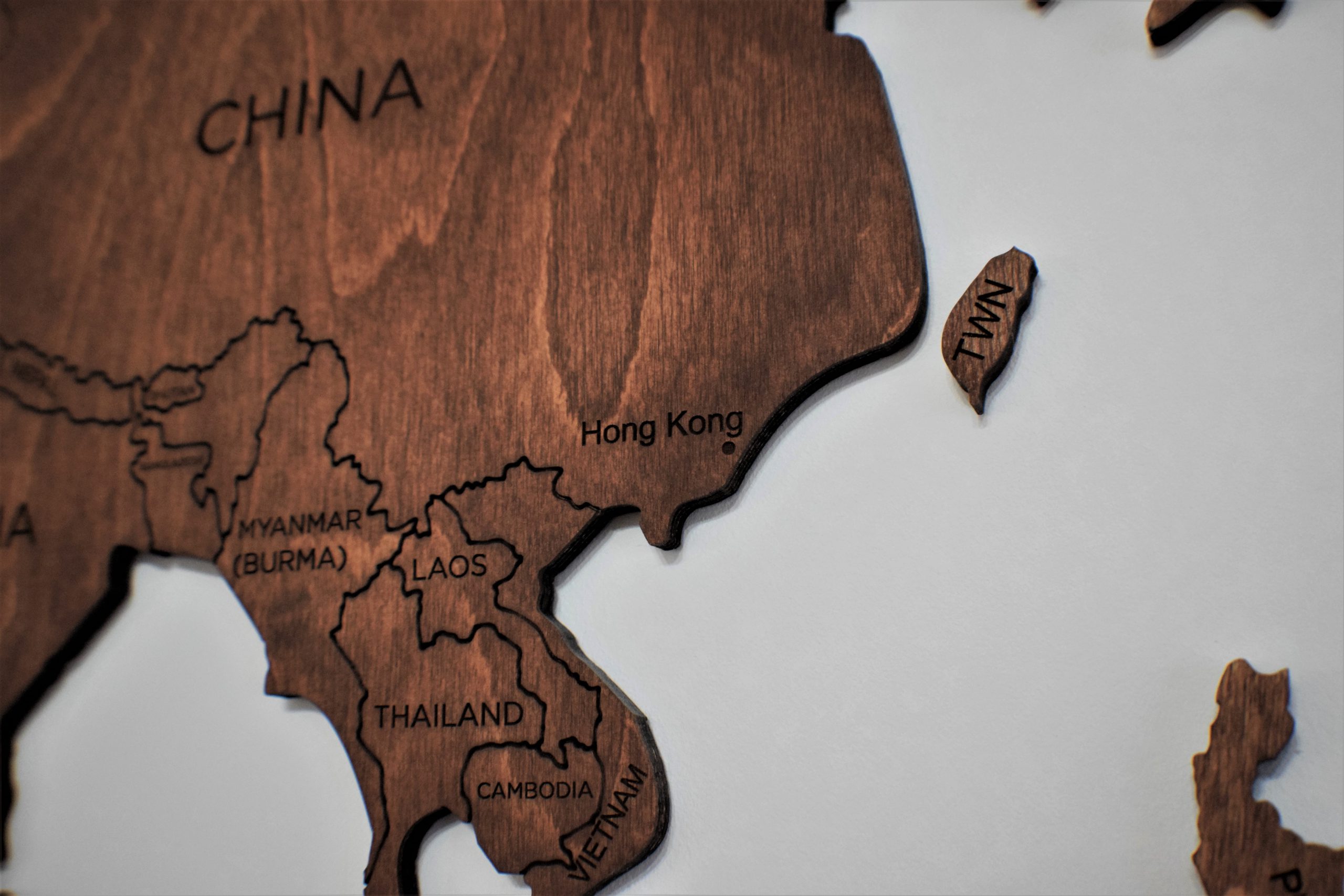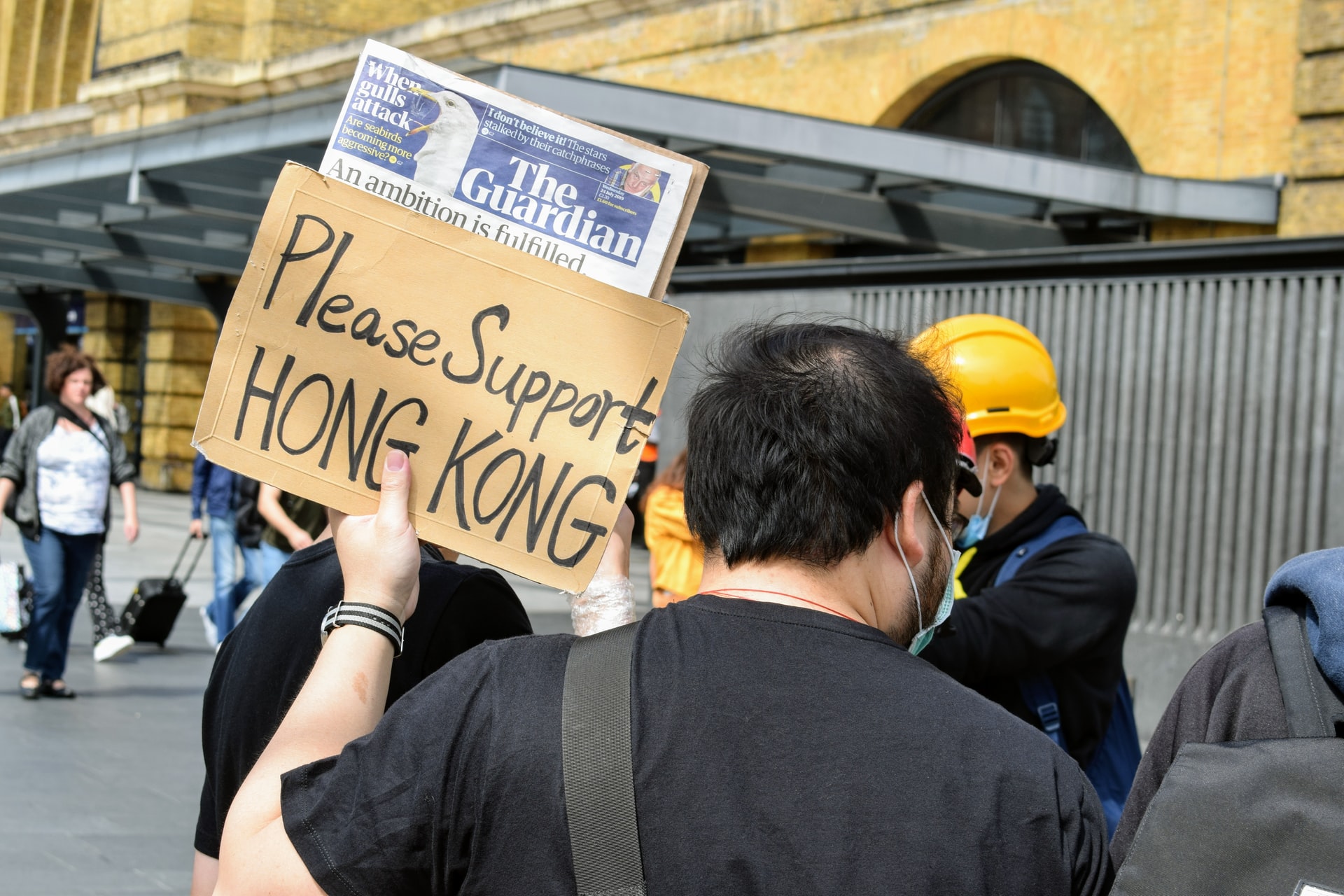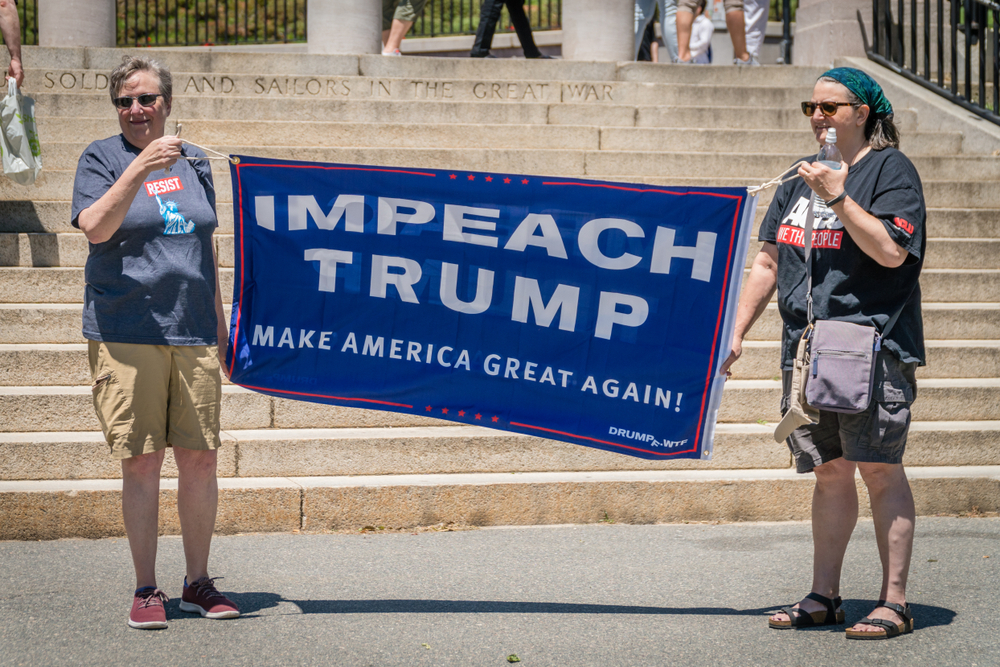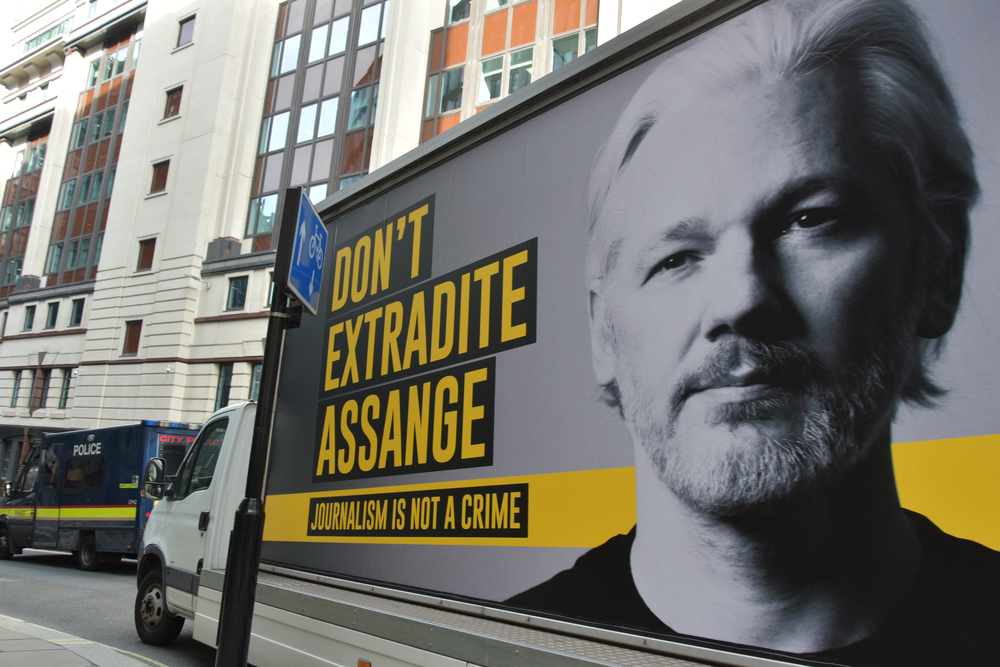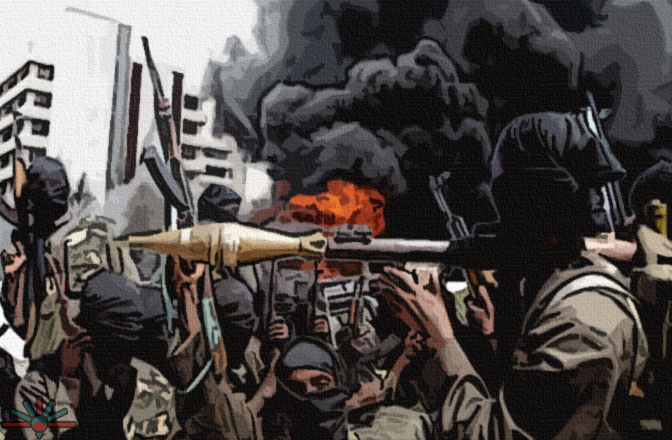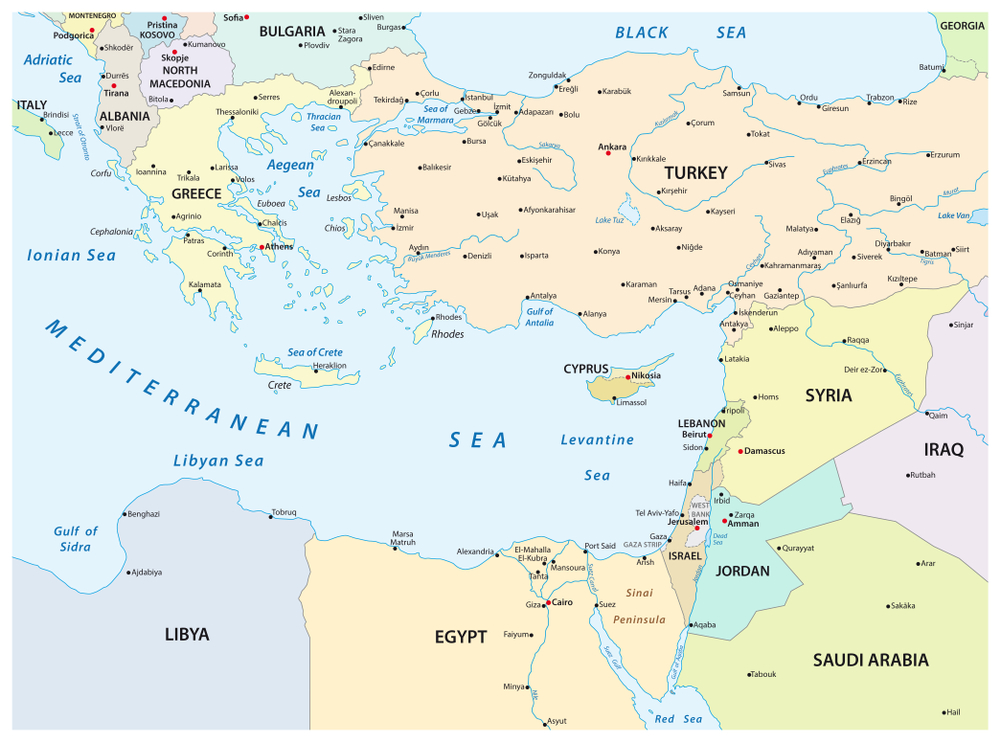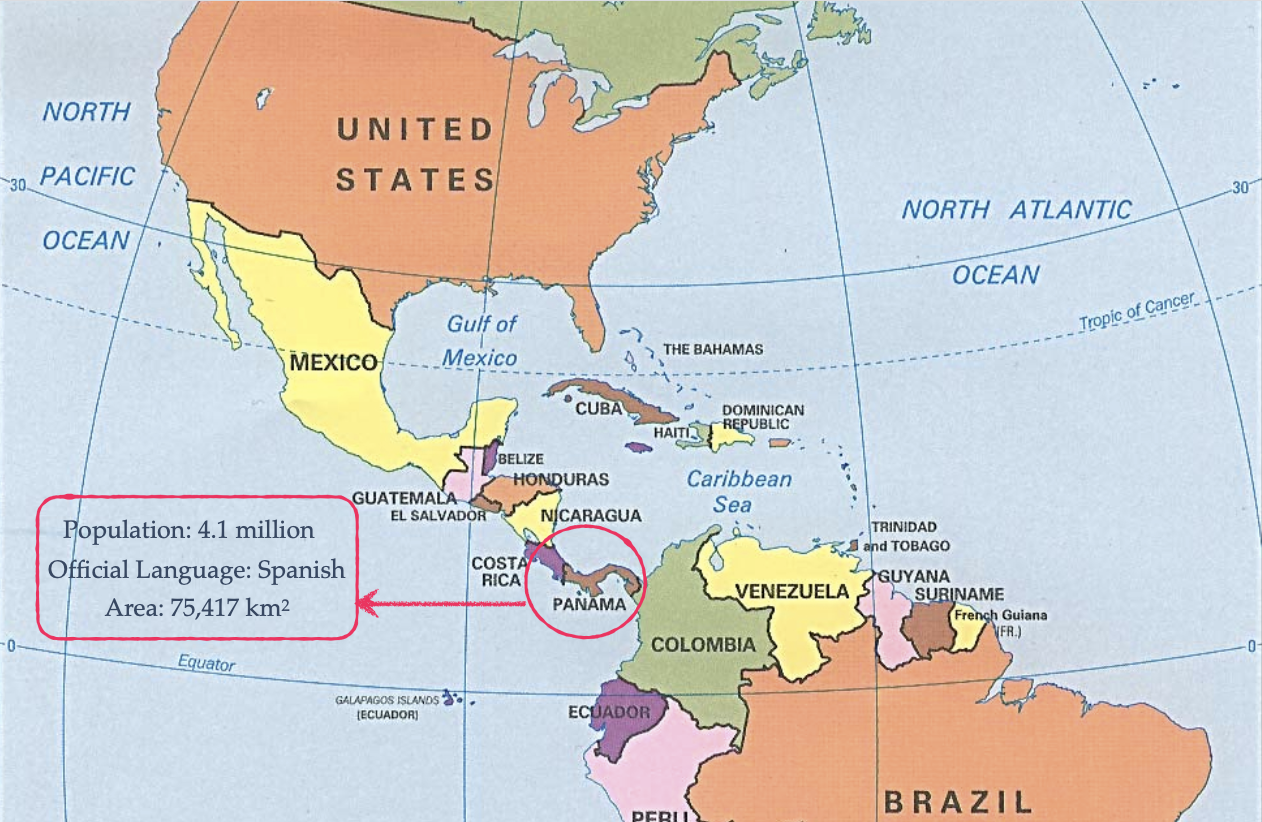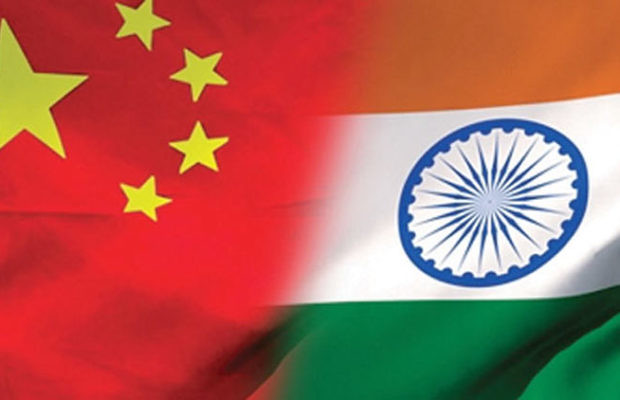Reading Time: 2 minutes
- The Uighurs are a Muslim group, who predominantly live in XinjiangThere are Uighur communities in Kazakhstan, Turkey, Uzbekistan, Kyrgyzstan, and other countries but a majority lives in China. a northwestern region of China that borders Kyrgyzstan & Uzbekistan.
- There are about 12 million Uighurs in Xinjiang and they are culturally & linguistically closer to people from Kyrgyzstan, Uzbekistan, etc. than they are to the Han Chinese people.
- A part of the modern-day Xinjiang was once a separate nation for Uighurs before it was brought under the complete control of communist China in 1949.
- And China is believed to be concerned about the possibility of Uighur separatism since then.
- Xinjiang is a very important region for China because it is rich with energy resourcesIt contributes to 40% of China’s coal reserves and 20% to oil and gas resources. and is strategically located for connecting China with other countries for OBOR.
- China is said to have been trying to dilute the activitiesReligious, cultural and commercial activities. of this group, since 1950, by encouraging non-Uighur Han Chinese to move to the region.
- In 1945, Uighurs made up over 80% of the Xinjiang population while Han Chinese were a mere 6%; in 2008, Uighurs were 45%, while Han Chinese were 39%.
- The discrimination against the Uighurs is believed to have been quite explicit in the region, with most of them reduced to low-paying labor jobs while Han Chinese were taking over most high-paying jobs.
- In 2009, the Uighur protest against discrimination turned violent and over 200 people were killed and hundreds got injured, which led to a massive crackdown by the government.
- In 2016-17, the government launched various ‘de-extremification’ initiatives, e.g. long beards and burqas were banned & university students were not allowed to observe fasts in Ramadan, etc.
- The initiatives also involved hi-tech policing, including installing QR codes on nameplates to instantly know how many people live in the house (to monitor gatherings), etc.
- But the most controversial of these initiatives was the launch in 2017 of the internment camps called De-extremification Re-education Camps (grown to 380 in the last 3 years, detaining over 1 million Uighurs), whose existence China denied for a long time before evidence was collected & presented through images & leaked documents.
- Then China acknowledged the existence but painted these camps as training schools for potential criminals and terrorists.
- The records by detainees, however, suggest that the training in these camps includes torture, forcing the detainees to criticize their religious beliefs and memorization of the communist propaganda.
- Detainees are said to be selected based on what Chinese authorities think is objectionable, i.e. keenness to go to religious pilgrimages, frequent worshipping at mosques, having friends or relatives that have been designated as suspicious, etc.
Image courtesy of Karl Nesh through Shutterstock
Reference shelf :

